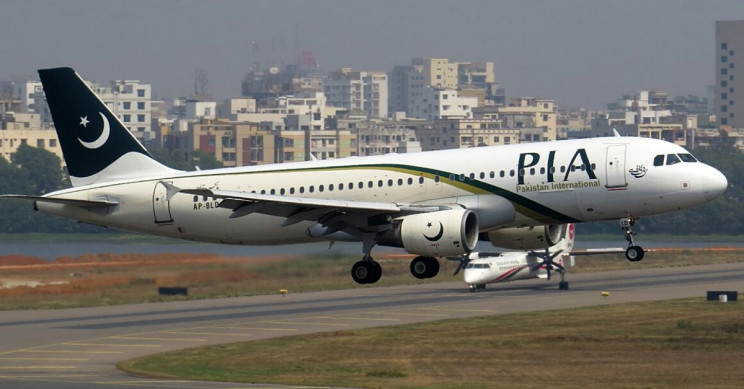Karachi: The pilot of the crashed Pakistan International Airlines (PIA) plane ignored three warnings from the air traffic controllers. The warnings were issued about the aircraft’s altitude and speed before the landing. Media reports here said that PIA airbus pilots were warned a number of times.
Many lives lost
The crash of the national flag carrier’s flight PK-8303 killed 97 people. However, two persons miraculously survived. The accident is one of the most catastrophic aviation disasters in Pakistan’s aviation history.
Miscalculation by pilot
The Airbus A-320 aircraft from Lahore to here was 15 nautical miles from the Jinnah International Airport. It was, flying at an altitude of 10,000 feet above the ground instead of 7,000 feet. That was when the Air Traffic Control (ATC) issued its first warning to lower the plane’s altitude, ‘Geo News’ said.
Instead of lowering the altitude, the pilot responded by saying that he was satisfied according to an ATC report. When only 10 nautical miles were left till the airport, the plane was at an altitude of 7,000 feet. The aircraft’s height then should have been 3,000 feet, the report accessed by Geo TV said.
Second warning
The ATC issued a second warning to the pilot to lower the plane’s altitude. However, the pilot responded again by stating that he was satisfied and would handle the situation. The pilot also confirmed that he was ready for landing.
The report said that the plane had enough fuel to fly for two hours and 34 minutes. Prior to the crash its total flying time was recorded at one hour and 33 minutes.
Pilot error or technical glitch
Pakistani investigators are trying to find out if the crash is attributable to a pilot error or a technical glitch.
A report has also been prepared by the Pakistan’s civil aviation authority (CAA). It said the plane’s engines had scraped the runway thrice on the pilot’s first attempt to land. It had caused friction and sparks recorded by the experts.
When the aircraft scraped the ground at landing, the engine’s oil tank and fuel pump may have been damaged. They must have started to leak, preventing the pilot from achieving the required thrust and speed. Thus the pilot failed to raise the aircraft to safety, the report said.
Massive error
The pilot made a decision ‘on his own’ to undertake a ‘go-around’ after he failed to land the first time. It was only during the go-around that the ATC was informed that landing gear was not working, it said.
“The pilot was directed by the air traffic controller to take the aircraft to 3,000 feet, but he managed only 1,800 feet. When cockpit was reminded to go for the 3,000 feet level, the first officer said ‘we are trying’.”
Soon afterwards the pilot reported loss of both engines. He said he was ‘proceeding direct’ meaning that he was going for a crash landing. This fact was reported by the ‘Dawn’ newspaper.
The controller had cleared the PIA flight to land with both runways (25L and 25R) available. However, the pilot could be heard giving distress signal ‘May Day, May Day, May Day’.
Experts’ opinions
Experts said the failure to achieve the directed height indicates that the engines were not responding. The aircraft, thereafter, tilted and crashed suddenly.
The flight crashed Friday afternoon at the Jinnah Garden area near Model Colony in Malir locality. Eleven people on the ground were injured.
“My pilots were qualified, their checks and balances, and medical tests were complete. My cabin crew was also qualified and my plane’s inspection was also complete. We have to find the exact reasons for the crash,” CEO of PIA Air Marshal Arshad Malik had said Friday.
According to the PIA’s engineering and maintenance department, the last check of the plane was done March 21. The aircraft had flown from Muscat to Lahore a day before the crash.
Agencies
